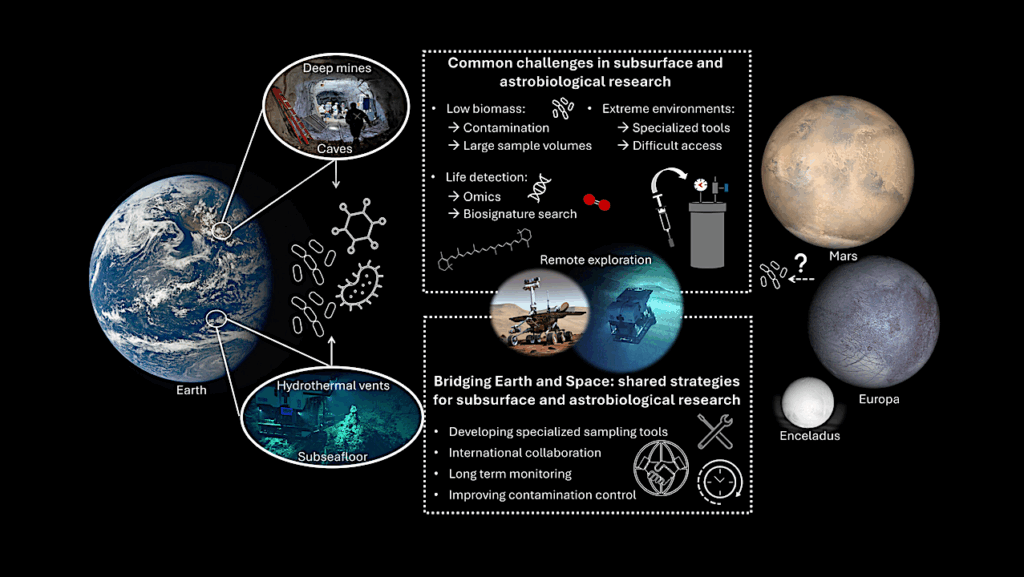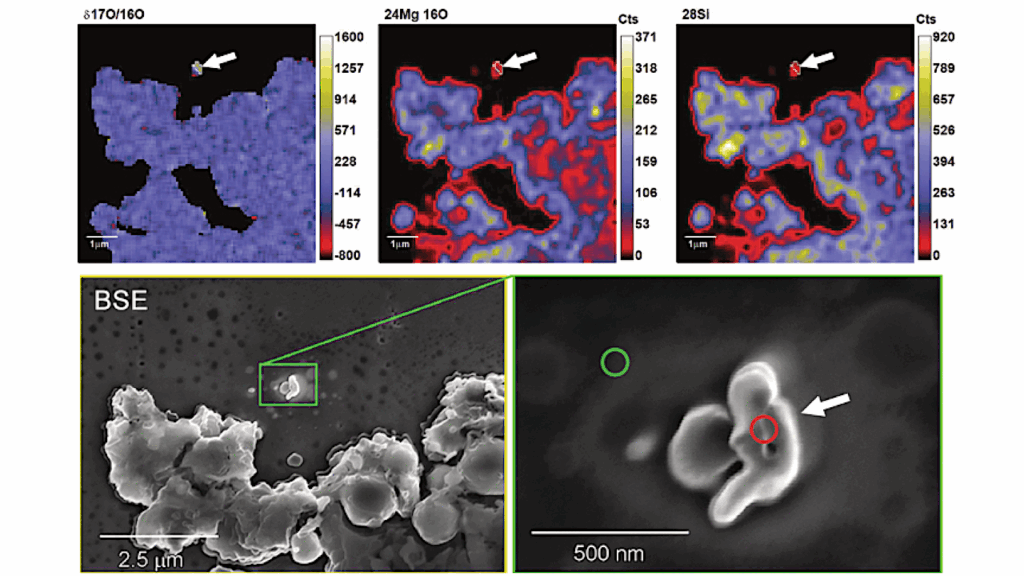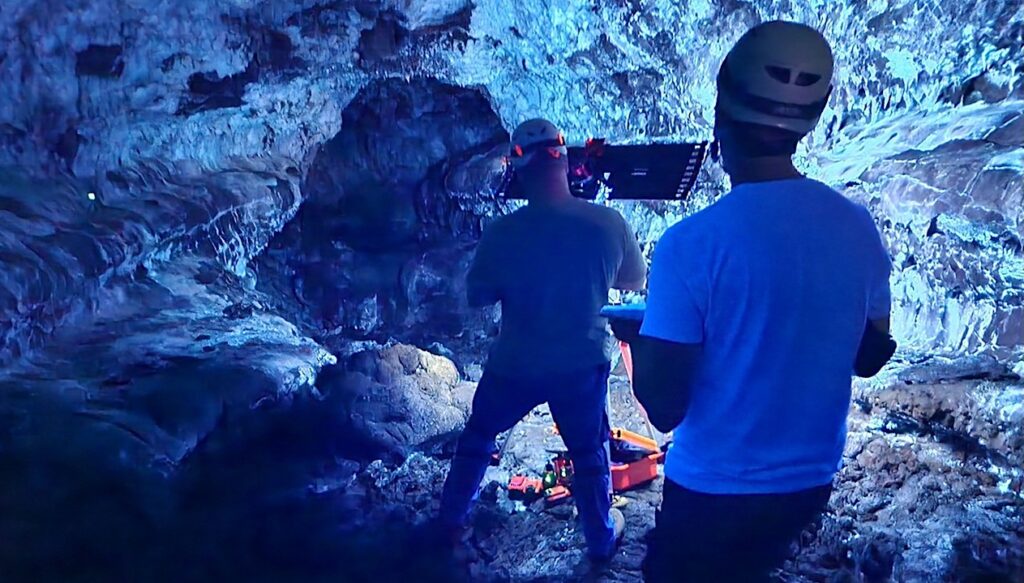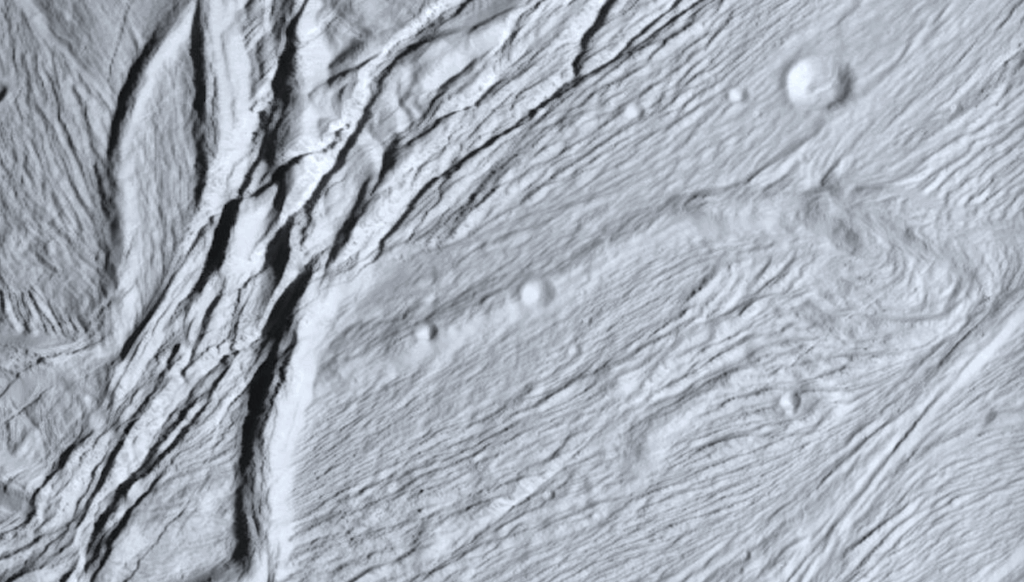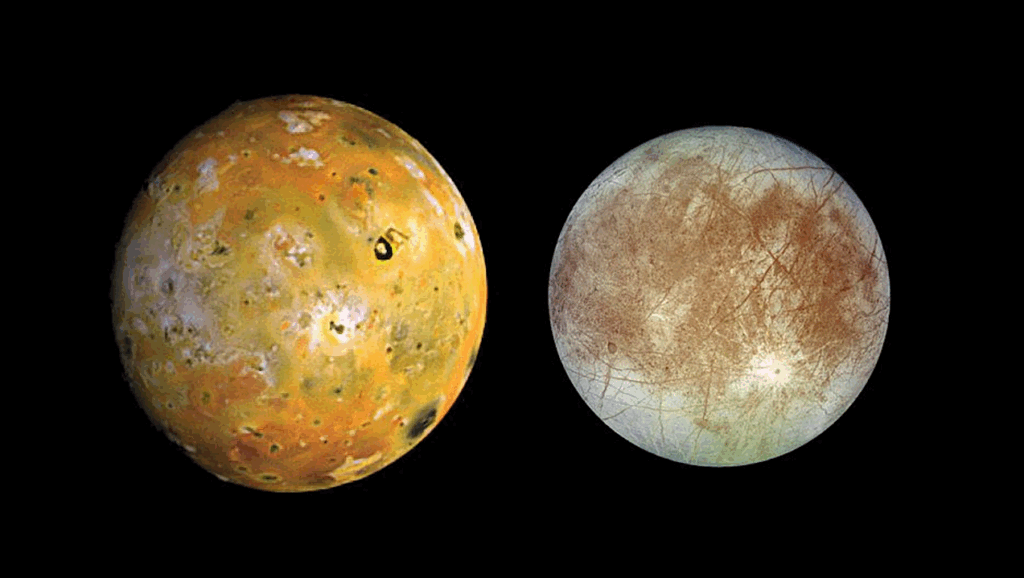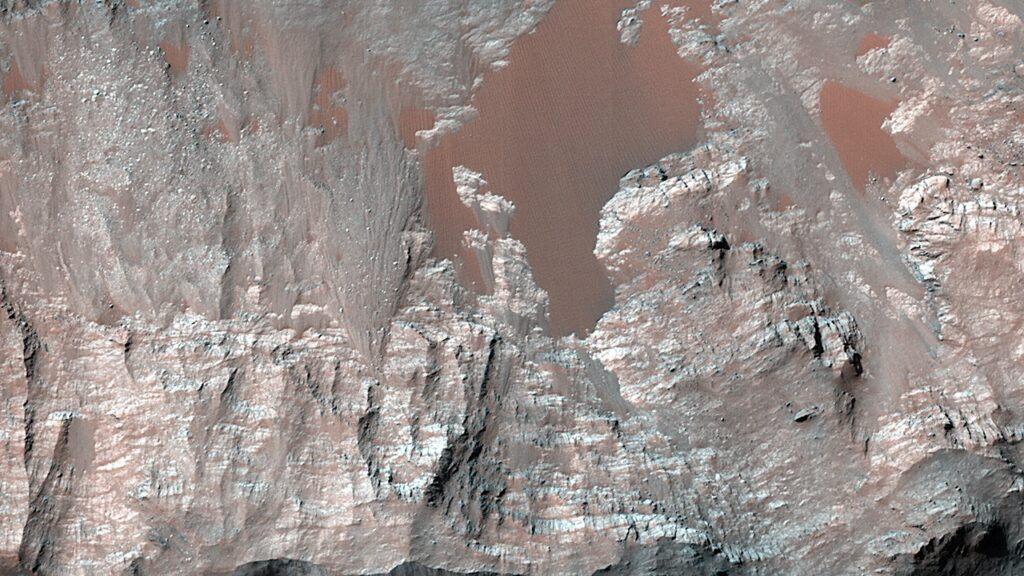Evaluating The Plausible Range Of N2O Biosignatures On Exo-Earths: An Integrated Biogeochemical, Photochemical, And Spectral Modeling Approach
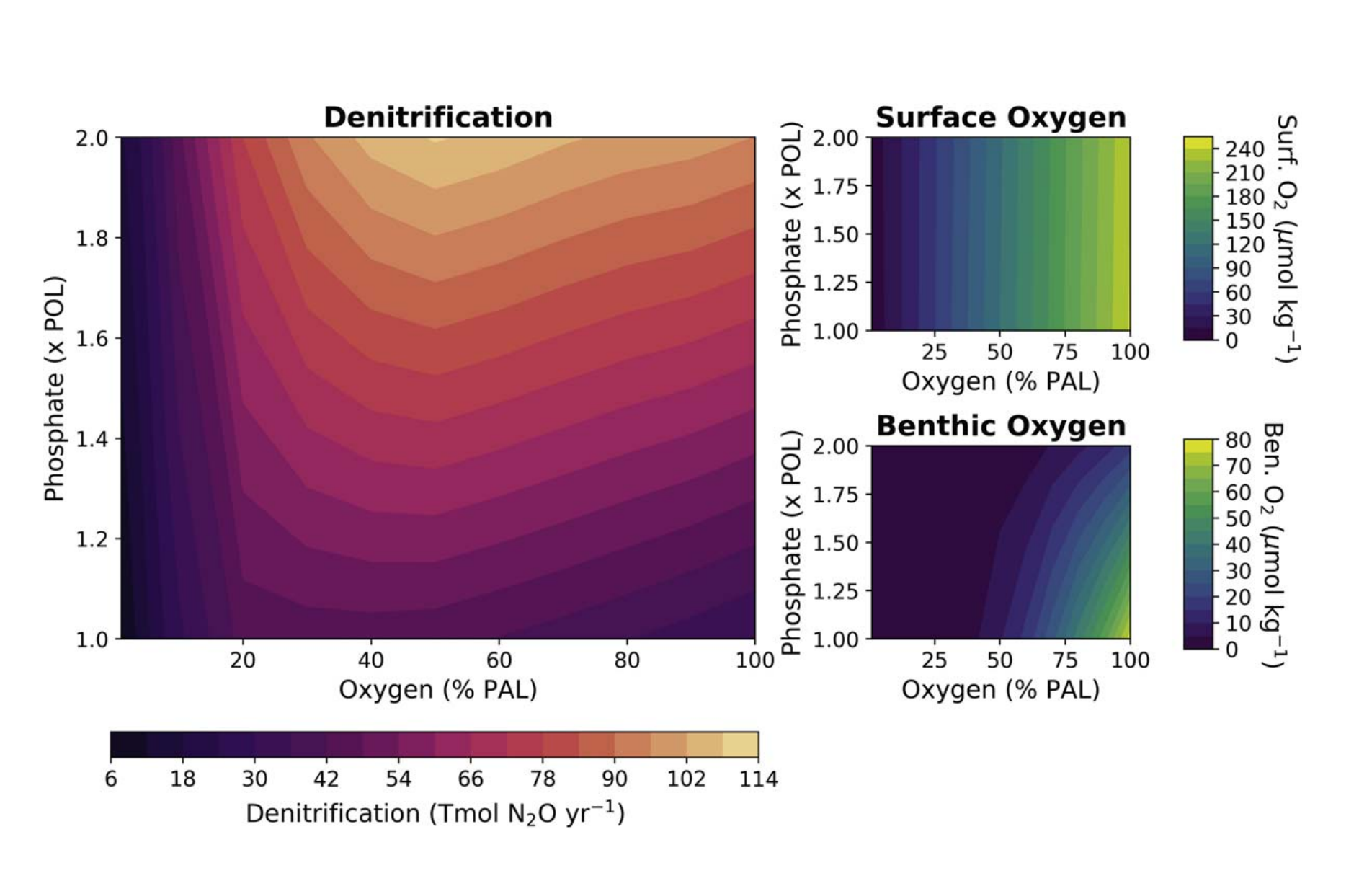
Nitrous oxide (N2O) — a product of microbial nitrogen metabolism — is a compelling exoplanet biosignature gas with distinctive spectral features in the near- and mid-infrared, and only minor abiotic sources on Earth.
Previous investigations of N2O as a biosignature have examined scenarios using Earthlike N2O mixing ratios or surface fluxes, or those inferred from Earth’s geologic record. However, biological fluxes of N2O could be substantially higher, due to a lack of metal catalysts or if the last step of the denitrification metabolism that yields N2 from N2O had never evolved.
Here, we use a global biogeochemical model coupled with photochemical and spectral models to systematically quantify the limits of plausible N2O abundances and spectral detectability for Earth analogs orbiting main-sequence (FGKM) stars.
We examine N2O buildup over a range of oxygen conditions (1%-100% present atmospheric level) and N2O fluxes (0.01-100 teramole per year; Tmol = 10^12 mole) that are compatible with Earth’s history. We find that N2O fluxes of 10 [100] Tmol yr−1 would lead to maximum N2O abundances of ~5 [50] ppm for Earth-Sun analogs, 90 [1600] ppm for Earths around late K dwarfs, and 30 [300] ppm for an Earthlike TRAPPIST-1e.
We simulate emission and transmission spectra for intermediate and maximum N2O concentrations that are relevant to current and future space-based telescopes. We calculate the detectability of N2O spectral features for high-flux scenarios for TRAPPIST-1e with JWST. We review potential false positives, including chemodenitrification and abiotic production via stellar activity, and identify key spectral and contextual discriminants to confirm or refute the biogenicity of the observed N2O.
Edward W. Schwieterman, Stephanie L. Olson, Daria Pidhorodetska, Christopher T. Reinhard, Ainsley Ganti, Thomas J. Fauchez, Sandra T. Bastelberger, Jaime S. Crouse, Andy Ridgwell, Timothy W. Lyons
Comments: 22 pages, 17 figures; ApJ, 937, 109
Subjects: Earth and Planetary Astrophysics (astro-ph.EP)
Cite as: arXiv:2210.01669 [astro-ph.EP] (or arXiv:2210.01669v1 [astro-ph.EP] for this version)
https://doi.org/10.48550/arXiv.2210.01669
Focus to learn more
Journal reference: ApJ, 937, 109 (2022)
Related DOI:
https://doi.org/10.3847/1538-4357/ac8cfb
Focus to learn more
Submission history
From: Edward Schwieterman
[v1] Tue, 4 Oct 2022 15:18:33 UTC (3,599 KB)
https://arxiv.org/abs/2210.01669
Astrobiology,


